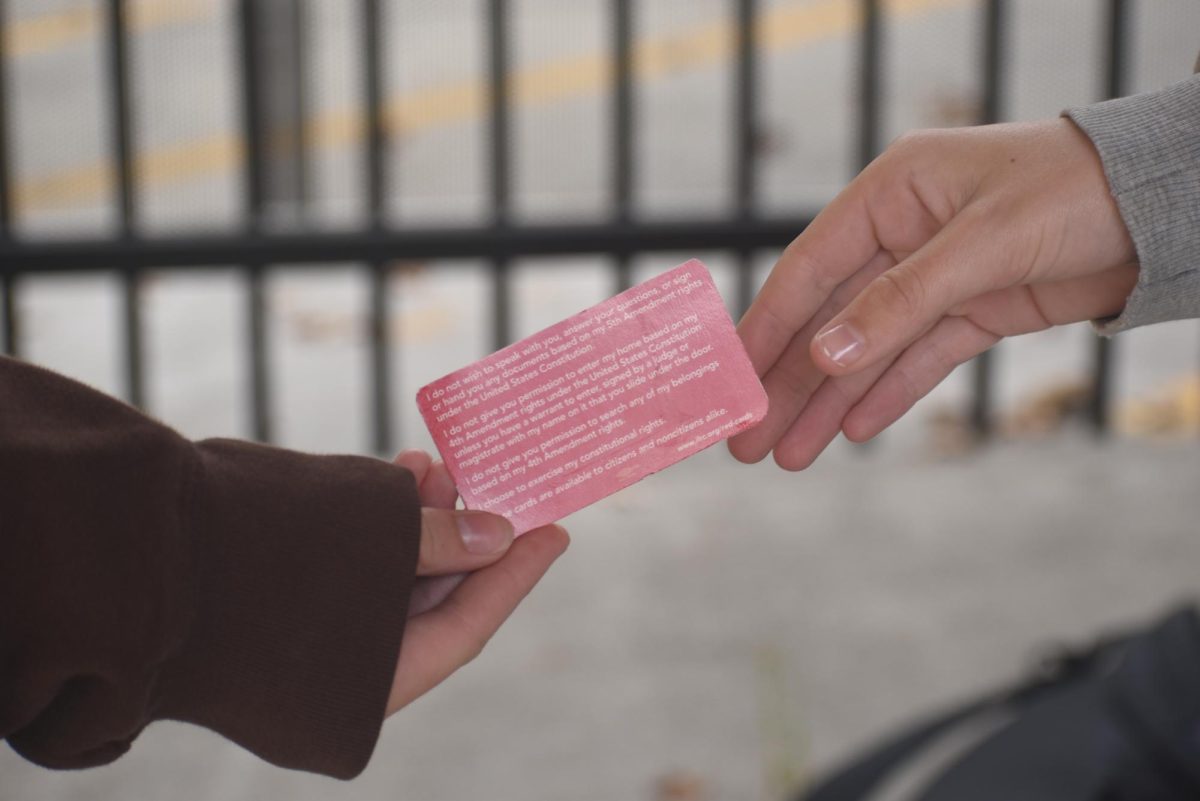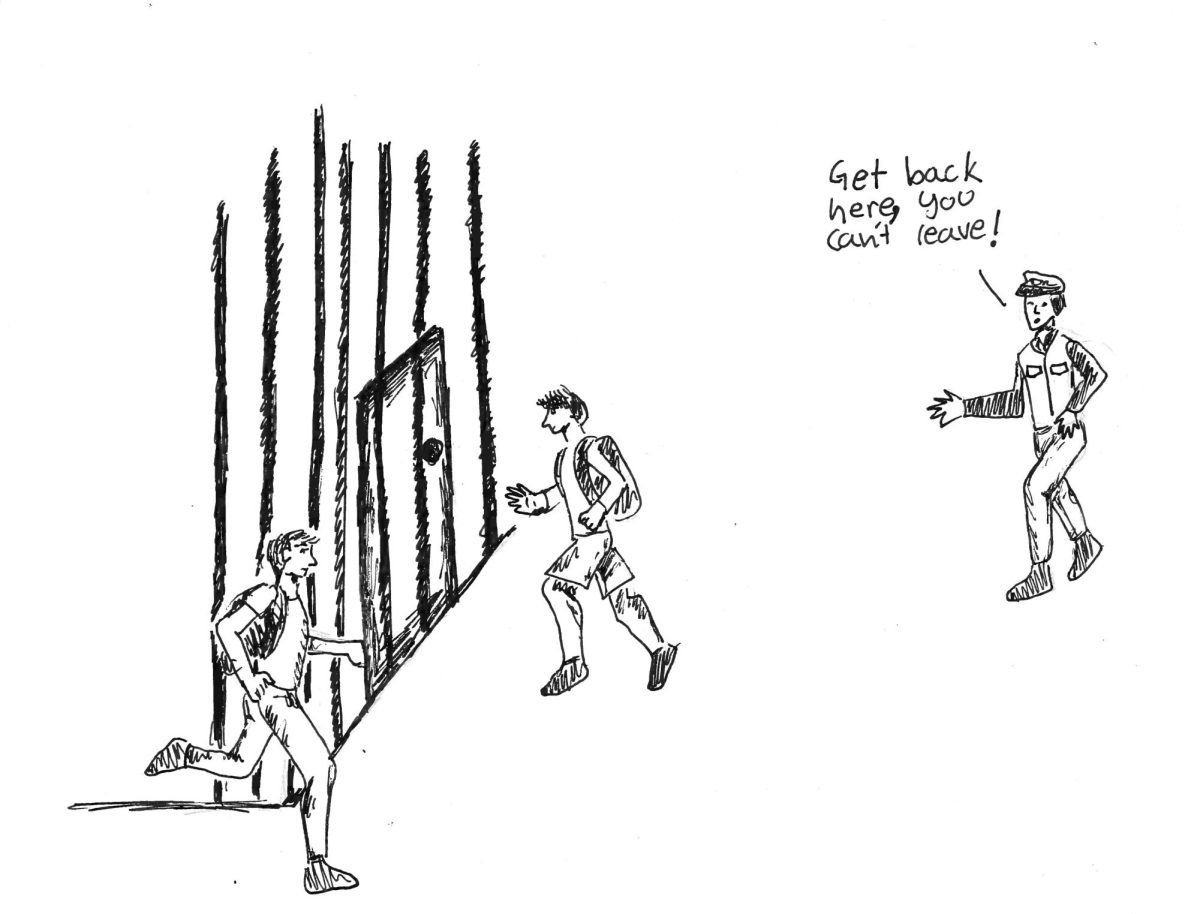The issue of electricity around the world
May 19, 2016
The idea that you flip a switch and you get a sudden flow of electricity is something a lot of us take for granted. The fact is we don’t really think too much about other people who don’t have that luxury, or how the act of flipping that switch can have effects that could impact you. I will be looking at this subject, to see if I can get you to have a better look at how electricity affects you, me, and the rest of the world. As a disclaimer, I won be talking about the effects that electricity production has on the climate, as I’m sure that you are already well aware of it and the fact that that part of this subject has been done to death.
To start off there are a lot of people in the world who don’t have access to power. In a 2013 report by the International Energy Agency and the World Bank, at least 1.2 billion people in the world are without power, and that number has been estimated to be even higher by the U.N. This lack of electricity, especially in developing nations, has a large impact. Without access to electricity, developing nations are stuck at a barrier that prevents further development of these countries. So how do we get power to these places without any access? Well, that question is harder to answer then you might think.
At present, the U.N. is aiming to have the world completely power by the year 2030. However, they want to do this without contributing to climate change, which means they don’t want to put in more traditional power plants to power these regions. They want to use more renewable sources of power, like solar. This idea to power these areas with renewable sources however, comes with a price tag. The U.N would have to spend at least three times what they are spending know to reach their 2030 goal, with the IEA estimating it costing $756 billion dollars. With all these factors, it might take a lot longer for the whole world to have electricity.
Now, you might be thinking ¨Alright, there are people who don’t have power, but so what? I have power.¨ While true, that power that you are using may be having effects on your health that you don’t even know about. Back in 2012, residents of a small town in Georgia started to get concerned about the coal power plant Plant Scherer, the largest coal power plant in the state and owned by Georgia Power. People who lived around the plant had been getting sicker at a far higher rate than average. People were getting cancer, needing to have their gallbladders removed, having kidney problems, and much more. After testing, it was discovered that at least 20 of the water wells in the surrounding area had high concentrations of uranium. In 2014, the EPA ruled that Georgia Power had been allowed to operate outside of the Clean Air Act and would have to reduce toxic coal dust pollution.
Now while that only affected one town, you can see how bad the health impacts are of certain forms of power production. However, it can get far worse than that. In 2011, the worst nuclear disaster since Chernobyl occurred at the Fukushima I Nuclear Power Plant when a magnitude 9 earthquake and the following tsunami caused the power to be knocked out leading to a meltdown. While there were only 6 reported casualties that were associated with the disaster, the meltdown had a large impact on something else. The ocean. The meltdown caused contaminated the water that caused the meltdown in the first place, leading to the Pacific Ocean being contaminated with the isotope plutonium 239, which is extremely dangerous to human health. This has a large impact on us, as stuff like fish have been contaminated with the stuff, which could blow back pon humans if they are consumed.
So, in the long run, the ways we produce and distribute power still have a long way to go. Weather it be coal plants making people sick or radioactive spills messing with our oceans, there are a lot of areas that we can improve on. What we need is power that comes from something like solar or wind power, both of which are safe for humans and the environment else well as being able to be installed in most areas of the world. There have been some major advances in the field of renewable resources, one example of such being that there is currently a type of solar panel that is clear as glass. This means that it could be installed on any major skyscraper to take advantage of the large amounts of sun hitting these buildings. Once costs for manufacturing solar panels go down, I think we will being seeing a rise in not only clean energy, but an increase to the amount of people who have power in the world.
Well there you go. After that, I hope that you have learned a bit more about electricity around the world, and that the next time you turn on a light switch you won’t take it for granted.












